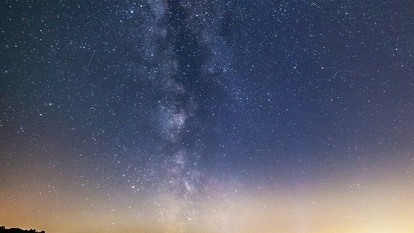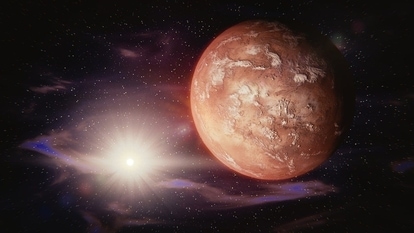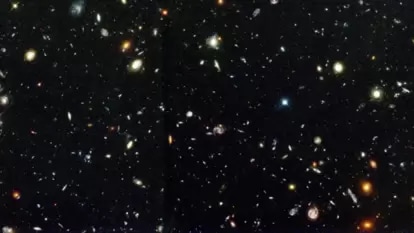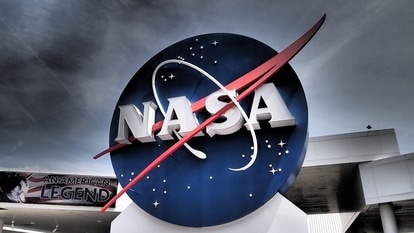IIT-Madras and NASA researchers study microbes on International Space Station
IIT-Madras and NASA JPL researchers have studied the interactions between microbes in the International Space Station.
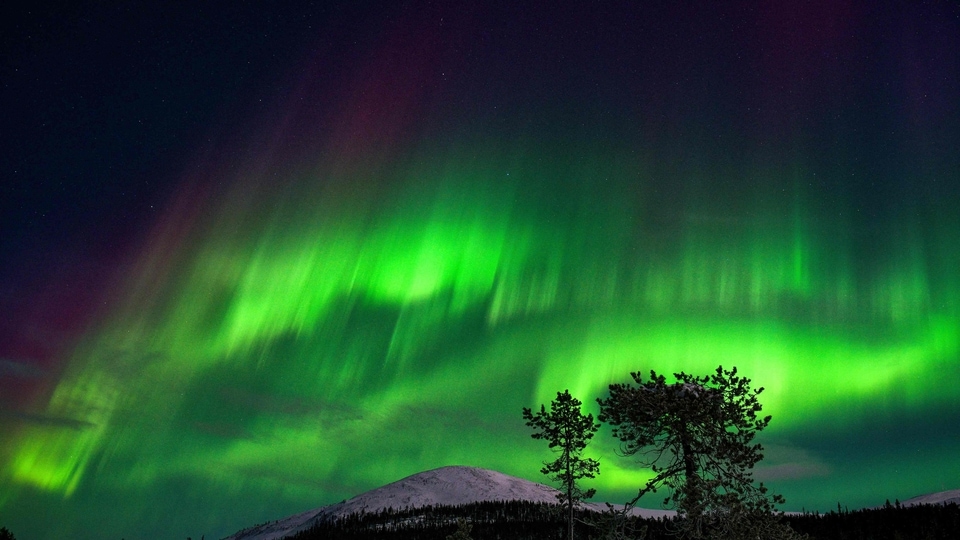


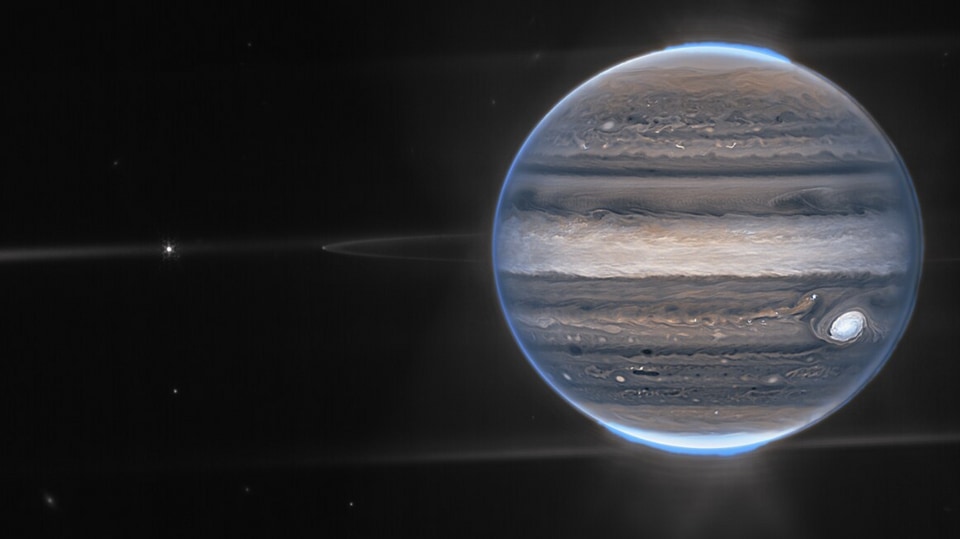
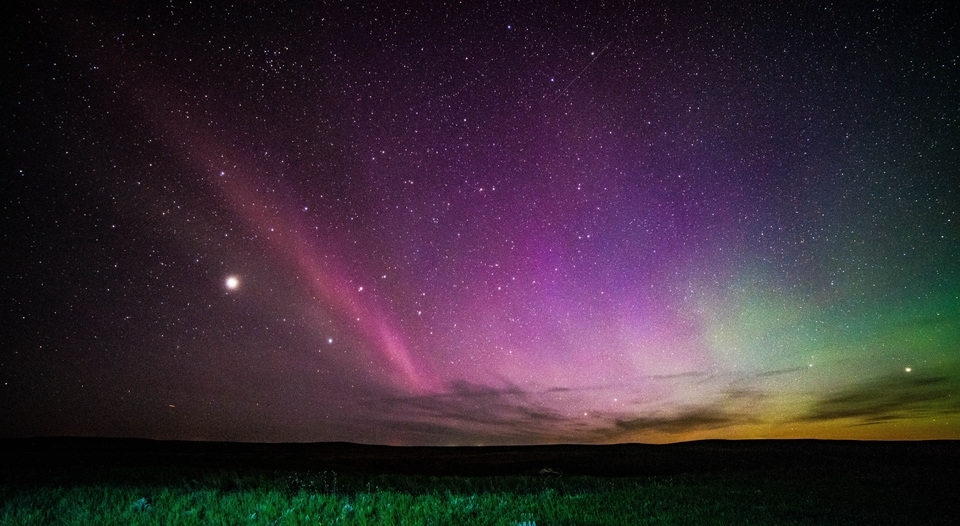
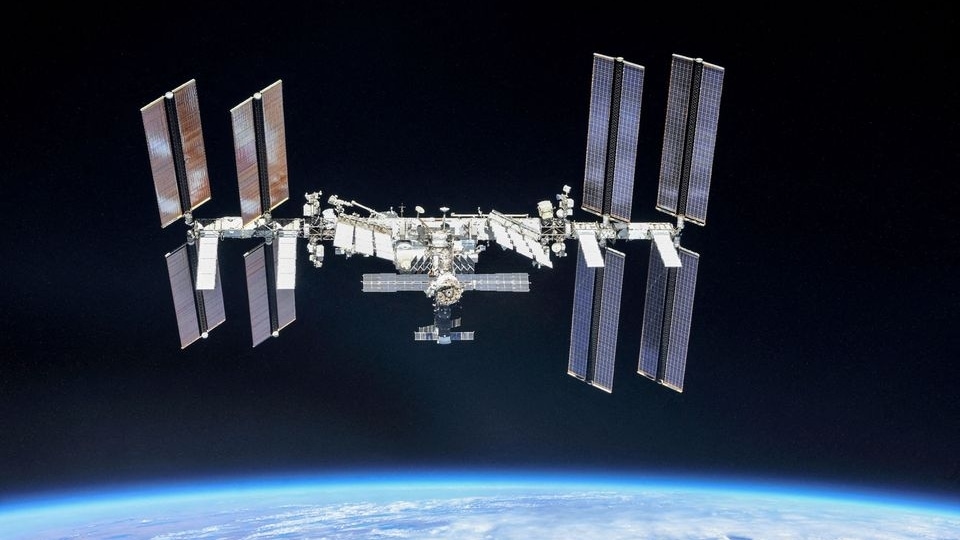
 View all Images
View all ImagesThe Indian Institute of Technology-Madras and NASA Jet Propulsion Laboratory (JPL) researchers have studied the interactions between microbes in the International Space Station (ISS), the institute said on Friday. A key finding is that a microbe that resides on the ISS, was found to be beneficial to various other microorganisms but hampered the growth of a fungus. The study would help devise strategies for the disinfection of space stations to minimise any potential impact of microbes on the health of astronauts.
"Crews, during spaceflight, may have altered immunity and limited access to terrestrial medical facilities. Therefore, studying the microbes inhabiting the space station becomes important to understand the risks associated with short-term and long-term space travel on the health of astronauts," the IIT-Madras said in a press release. The present study was inspired by the earlier observations of the dominance of Klebsiella pneumoniae, a bacteria, on the surfaces of the ISS.
This pathogen has been known to cause pneumonia and other nosocomial (hospital-acquired) infections. The researchers were broadly interested in understanding how this bacteria affects the growth of other microbes in the vicinity and the possible implications it could have. The researchers analysed the microbial sample data taken across three space flights at seven locations on the ISS.
The study found that Klebsiella pneumoniae, a major microbe that resides on the ISS, is beneficial to various other microbes also present on the ISS, especially the bacteria from the Pantoea genus. However, it was found that its presence was hampering the growth of Aspergillus fungus.
This computational observation was further tested through laboratory experiments, and it was found that the presence of K. pneumoniae was indeed detrimental to the growth of the Aspergillus fungus.
Dr Karthik Raman, associate professor at the Bhupat & Jyoti Mehta School of Biosciences and a core member of the Robert Bosch Centre for Data Science and Artificial Intelligence (RBCDSAI), IIT Madras, collaborated with Dr Kasthuri Venkateswaran, senior research scientist at JPL. The work has been peer-reviewed and published in the esteemed international journal Microbiome.
Catch all the Latest Tech News, Mobile News, Laptop News, Gaming news, Wearables News , How To News, also keep up with us on Whatsapp channel,Twitter, Facebook, Google News, and Instagram. For our latest videos, subscribe to our YouTube channel.




